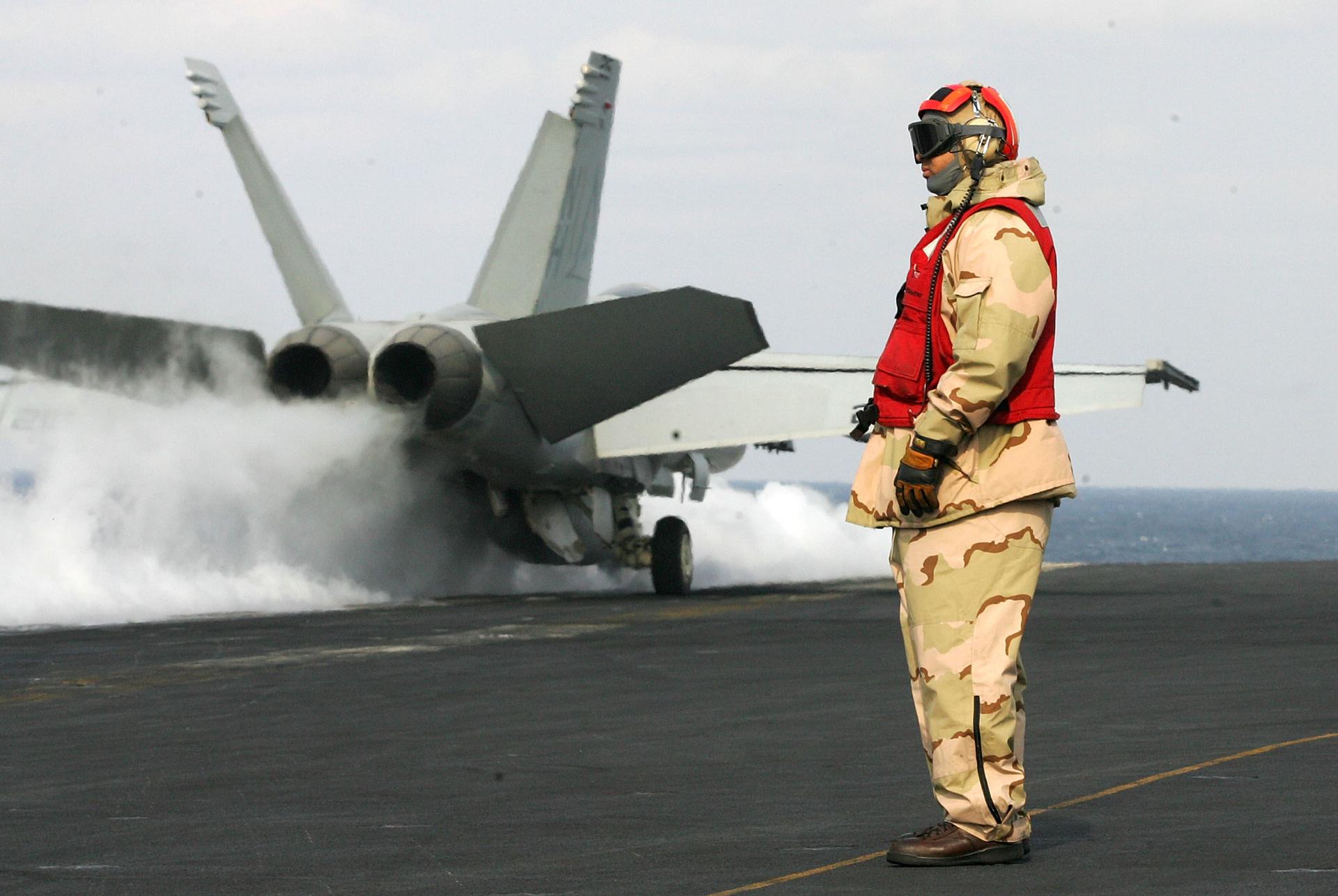MIT scientists develop way of controlling aircraft with hand signals
MIT scientists develop a way to control taxiing aircrafts with gestures alone.
Scientists at MIT have discovered a way to control unmanned drones taxiing on runways using hand gestures.
According to the New Scientist drones are already capable of flying and landing themselves but are controlled by human operators on runways. For pilot-operated planes, deck marshals use a complex set of hand gestures to signal to the pilot where to go.
The MIT team set about recording the hand signals and creating software that could interepret the often fast moving and fluid gestures.
Cnet reported that the team created a system that recognized the gestures, which so far, the team found, had a 76 per cent success rate.
The team is now working on improving recognition levels, which has proved difficult due to the fluidity and uniqueness of the gestures by each deck marshal.
The ultimate goal would be to make unmanned aircrafts easier to maneuver on the ground.
"I can't see why this wouldn't work ultimately," said Peter van Blyenburgh, head of UVS International, a drone trade group, to the New Scientist. "The gestures are clearly defined – an image sensor should be able to pick them up."
The study appears in the journal ACM Transactions on Interactive Intelligent Systems.
Every day, reporters and producers at The World are hard at work bringing you human-centered news from across the globe. But we can’t do it without you. We need your support to ensure we can continue this work for another year.
Make a gift today, and you’ll help us unlock a matching gift of $67,000!
